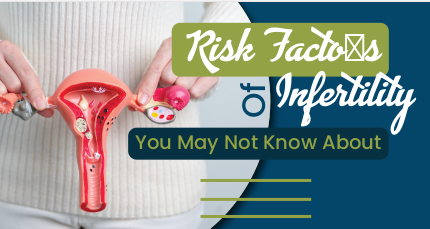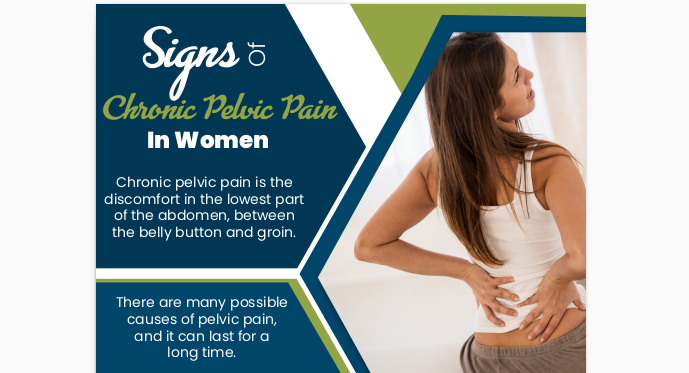Women’s health is a critical topic that’s often surrounded by misconceptions and misinformation. Inaccurate beliefs can lead to poor health choices and outcomes. Needless to say, separating fact from fiction is imperative.
Continue reading “Debunking Common Myths About Women’s Health: Separating Fact From Fiction”







